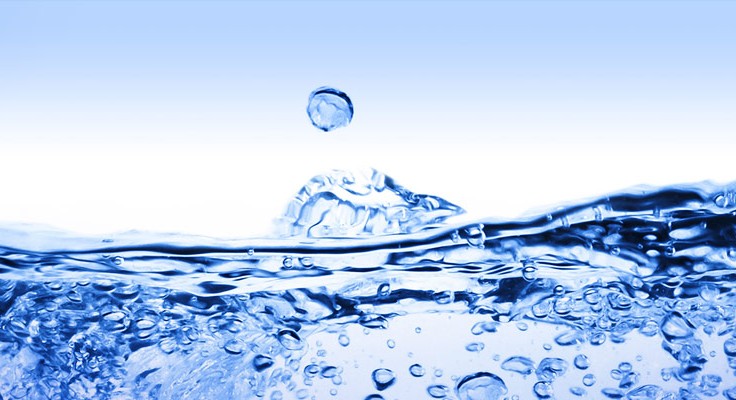Why is water clarification essential for manufacturing?

Ever since CNC machines entered factories, part quality has consistently gone up. While cutting technology, software, and materials play a key role in generating clean, accurate cuts, a clear stream of H2O is essential to support their operations.
Used for both cooling and cutting, this essential fluid elevates the edge quality of cut parts, while minimising tool damage. There are several steps to the clarification process; and it may not be necessary for the kind of manufacturing you’re doing. Stay tuned to find out where you stand.
Breaking down the water treatment processes
Throughout production, fluids flow into two main areas on the CNC machine. The first is through the centre of the electrospindle, cooling the spindle and providing a smooth surface between the tool and workpiece. The second is directed at the area being cut to suppress dust and aid in further cooling the tool and material.
The quality of fluid impacts the finished piece in its entirety; though it’s most critical as it runs through the electrospindle. If particles are over a certain size – and we’re talking microns – they can damage the electrospindle; a component that is very costly to replace.
Stopping a cycle in order to replace tools or make adjustments far from ideal – which is why having the best technology on hand is worthwhile.
Flocculation in water treatment
Flocculant dosing is the first step to achieving a clear stream of H2O. This process uses chemicals to bind large particles together, which then sink to the bottom of the tank once they’re heavy enough. From there, advanced water filtration systems like the Italmecc Blucomb can compact them into bricks that are easily disposed of.
Coagulant’s role
While flocculant takes out large particles, it can leave smaller particles behind. These particles, which are unaffected by flocculant, repel each other due to static electricity and need to be removed through a different process. That’s where coagulant comes in.
When a chemical called polyamine is introduced, the electrical charge is neutralised and the particles can now bind. From there, they too gain mass and sink to the bottom of the tank.

Do you really need flocculants and coagulants for manufacturing?
Whether or not you need flocculants and coagulants in your day-to-day operations depends on a few things.Namely:
- The quality of town water coming through your facilities
- The hardness and Ph balance of the fluids
- The material being processed
For those working with porcelain and engineered stone, there’s a high chance that having both a flocculation and coagulation station on hand will be a necessity. Others working with natural materials may not need them at all – though it’s always better to be safe than sorry when the electrospindle is in question.
The acceptable particle size for this sensitive component is under 25 microns. Some town water passes this quality standard and can be pumped directly into the electrospindle. To determine whether or not that’s going to be the case for your specific setup, we take a sample of the fluid and send it to our lab in Italy, where in-depth analysis gives us the green light to go, or points towards a discussion about clarification options.
Even if the sample passes the requirements, pumping fresh resources in gets to be expensive. The amount of H2O used can be minimised with the Greenjet Intensifier Pump, but using fresh water for operations takes its toll on long-term production costs. While it may not be major at the moment, the price of water is set to soar in the coming years – so it’s well worth finding ways to recycle it as much as possible.

Technology that takes it a step further
The two treatments we outlined above are the basic forms of clarification in industry. Using both treatments will give you a decently clear stream for the machine; but there’s plenty of room for improvement.
Systems like the Italmecc Blucomb use a combination of air bubbles and lamellar plates to speed up the purification process. These metal plates are positioned inside the tank at an incline, about halfway down. As the dirty water passes the plates, dirt settles much faster onto them, speeding clarification up. Once a certain level of sludge has accumulated, air bubbles automatically blast the dirt off the plates, letting it settle on the ground.
From there, the liquid sludge is pressurised between a set of plates to form easy-to-handle dried bricks. No need for messy cloth bags, nor having to wait for sludge to dry before it’s disposed of.
Whether or not this system is right for you depends upon several factors, including floor space. We have a number of automated options available to efficiently treat and recycle the fluids you’re dealing with, and can even retrofit flocculation stations onto manual systems. Discuss the best course of action with our team and secure a steady steam of clean H2O for the future.


